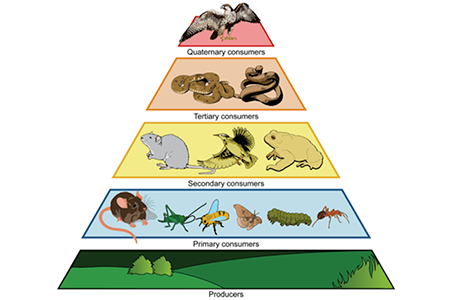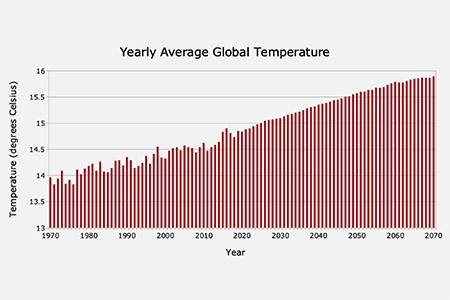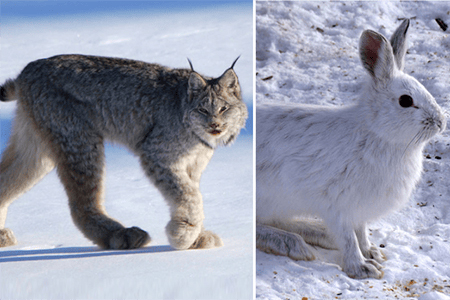Modeling Marine Ecosystems with Virtual Reality, developed by NOAA Ocean Service and NOAA Fisheries, helps high school students explore how scientific models work.
These modules are interactive, problem-centered investigations where students use real data and models to explore human-caused changes in ocean ecosystems and the impacts they have on the plants and animals in those ecosystems.
The Virtual Ecosystem Viewer, developed by NOAA Fisheries and featured in these activities, is an interactive virtual reality model that NOAA and other scientists use to visualize changing ocean ecosystems - especially fish populations.
Using these materials
These activities provide High School level students with a broad look at scientific modeling. None of the modules act as a prerequisite for any of the others, so use any of the modules by itself, or in whichever order you choose. While each module contains a series of activities that can be used individually, we recommend you use the entire module as time permits. Some of the activities do not explicitly touch upon modeling, but present background concepts needed to understand other activities that do relate to modeling.

In this module, students use the concepts of food webs and trophic levels to explore populations of marine organisms. Students research an organism in a marine habitat, then the whole class combines their data in a jigsaw activity to produce a food web diagram for that habitat. Next, students collect biomass data during “virtual dives” which they use to determine the relationship between biomass and trophic levels.
NGSS Standards addressed in this module

This module introduces students to data derived from observations and data produced by models. Students learn about differences and similarities between these two data sources, how to recognize each, and how each type of data is used by scientists to make predictions. Students will also explore the methods biologists, ecologists and other scientists use to estimate the sizes and compositions of populations of organisms by observing limited samples from those populations. Students also conduct “virtual dives” to observe simulated marine habitats generated by models and observational data, and use these ideas to estimate future populations of tuna and of lobster.
NGSS Standards addressed in this module

This module introduces models used to predict populations of organisms in an ecosystem. Students first analyze a simple predator-prey system, optionally building and “running” a simple, spreadsheet-based model. They compare the population graphs produced by the model with historical data from a similar, simple predator-prey system. Finally, students collect data on “virtual dives” in simulated marine habitats. They will gather biomass data for predators and their prey in complex marine food webs and compare changes over time to the behaviors in simpler systems with just a single predator and its lone prey.
NGSS Standards addressed in this module
 An official website of the United States government.
An official website of the United States government.




